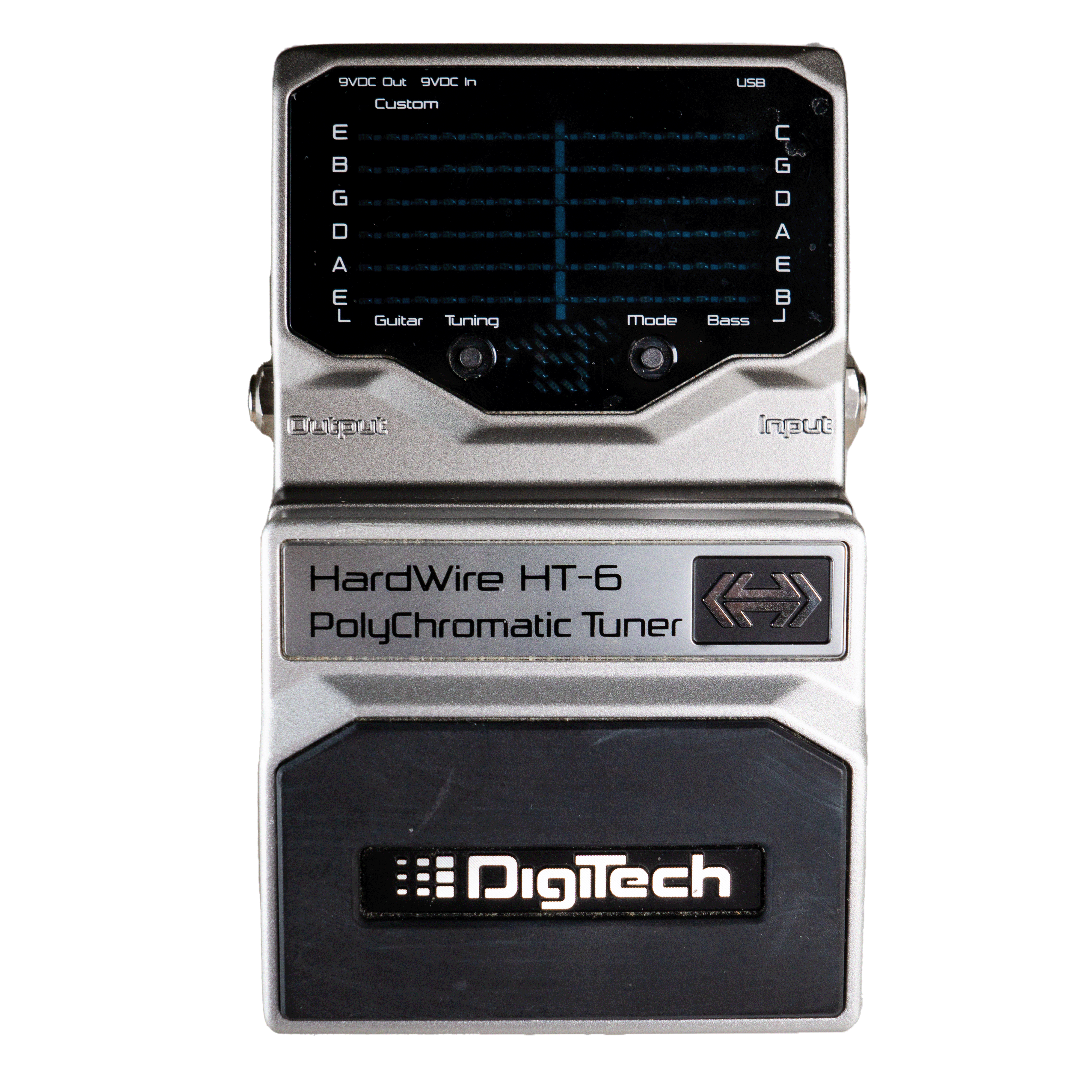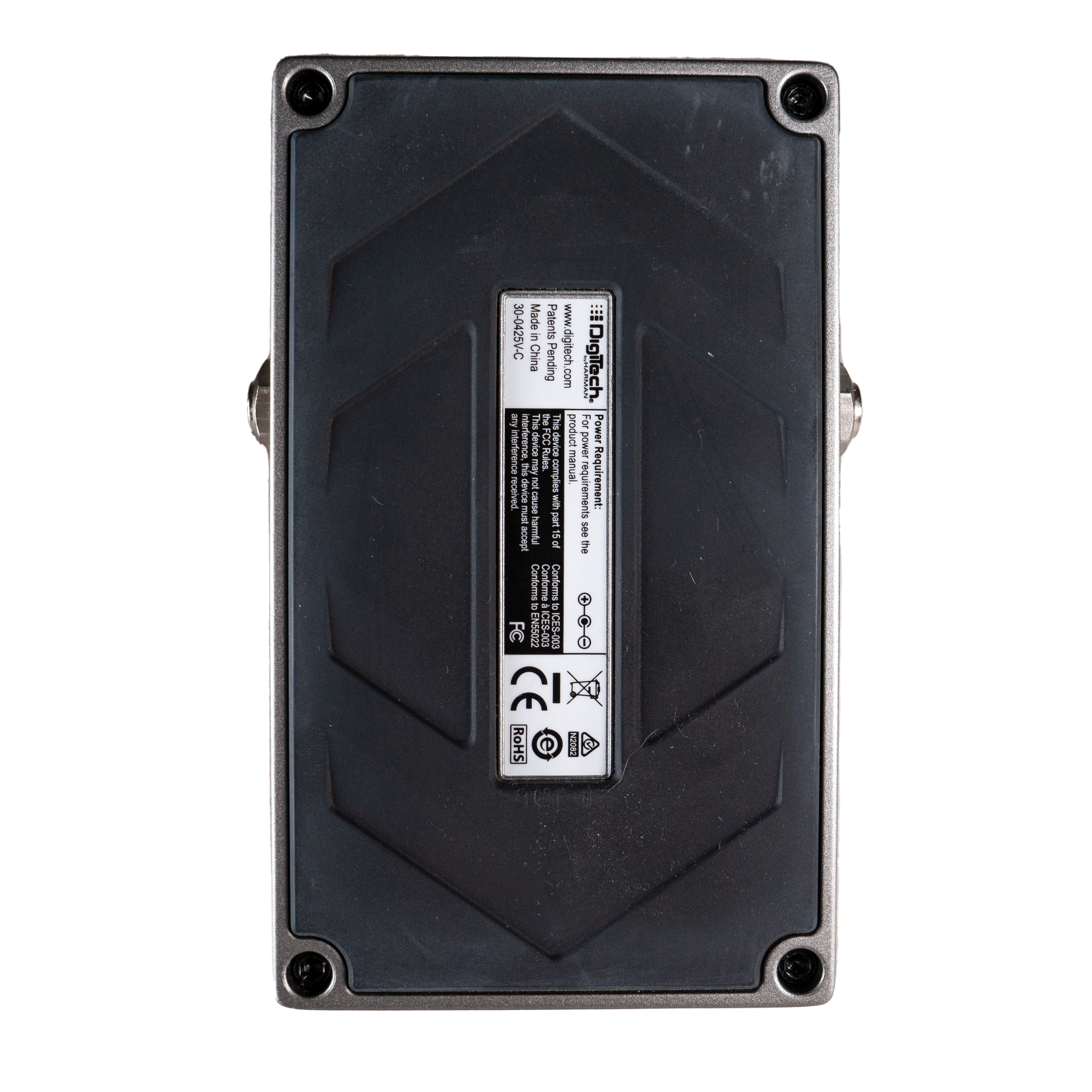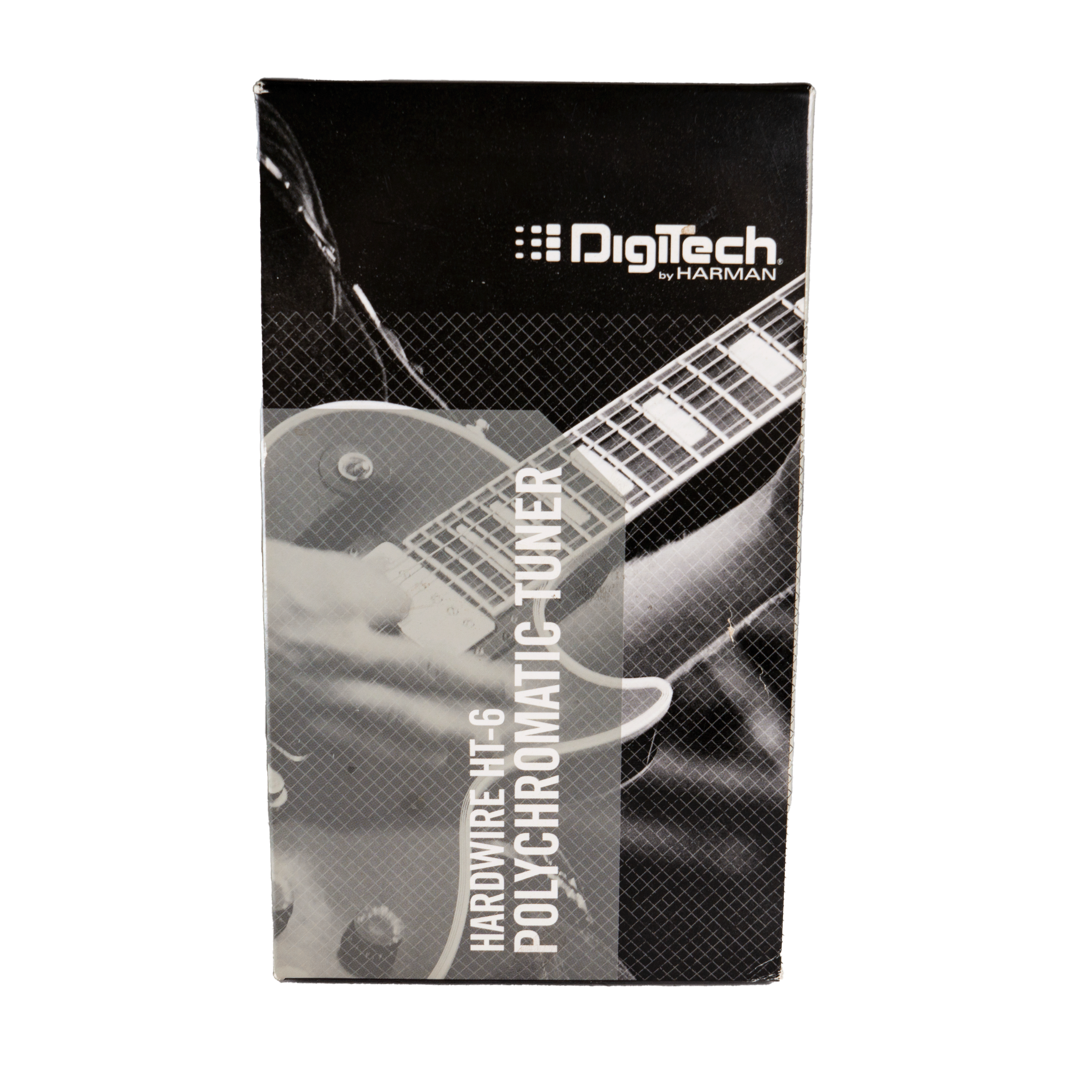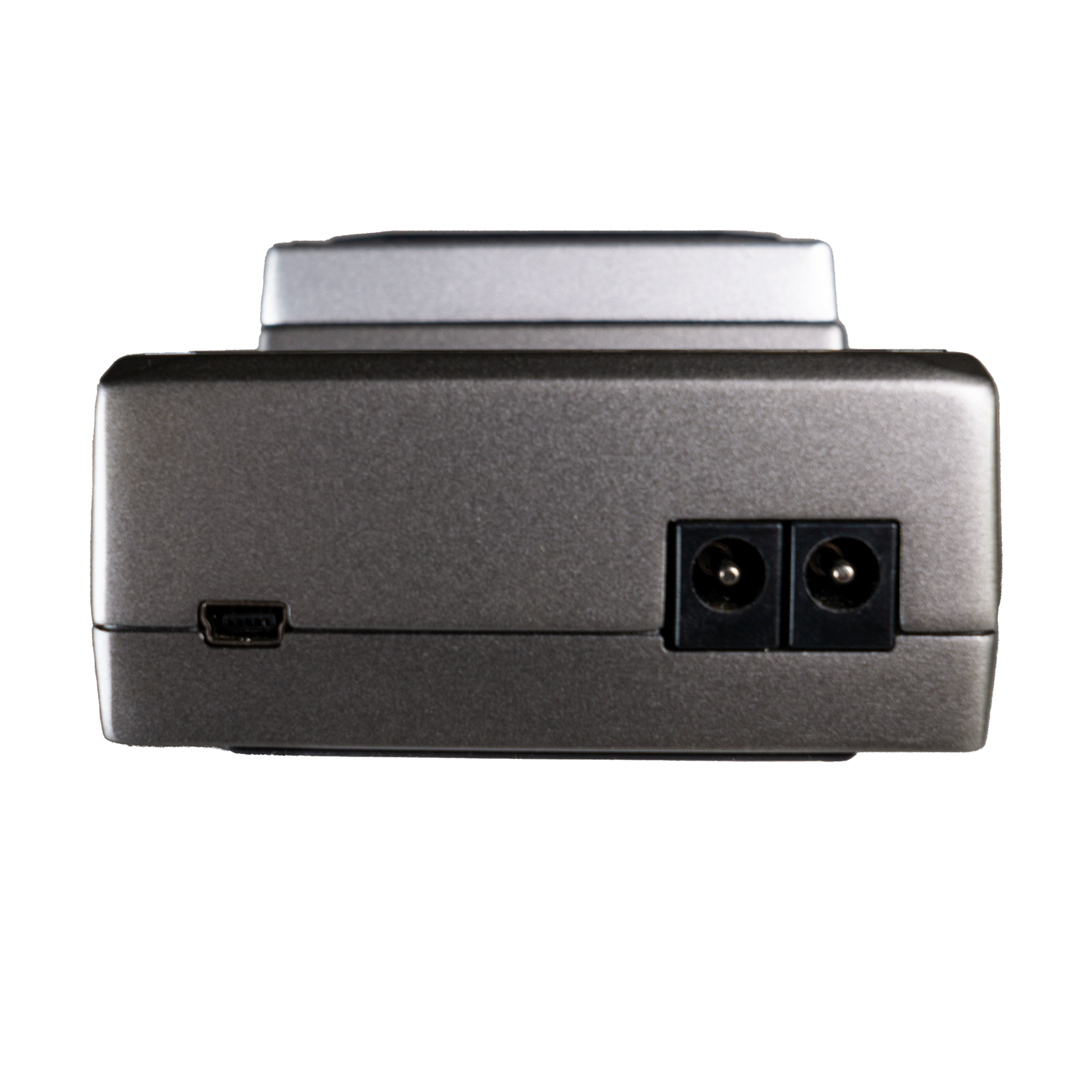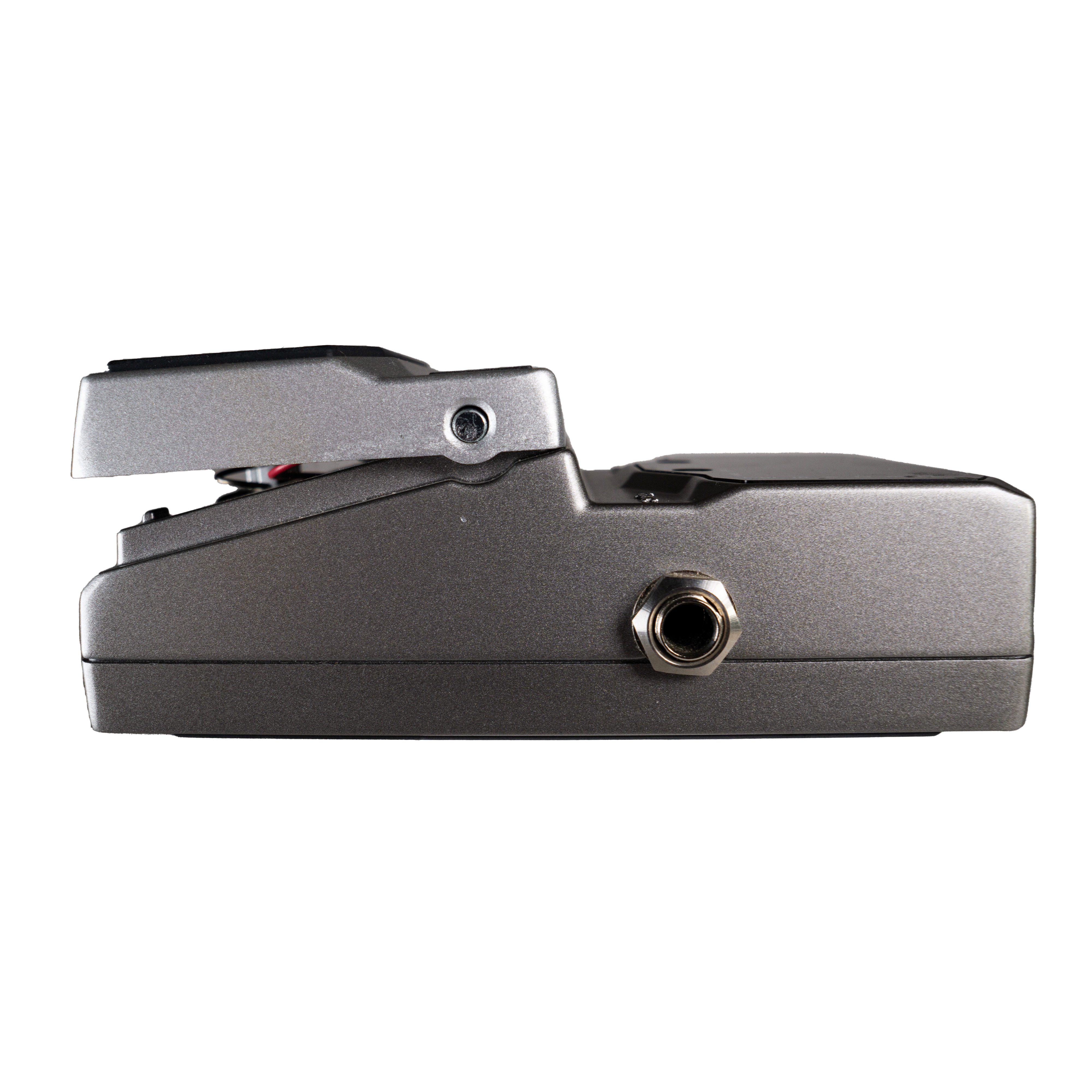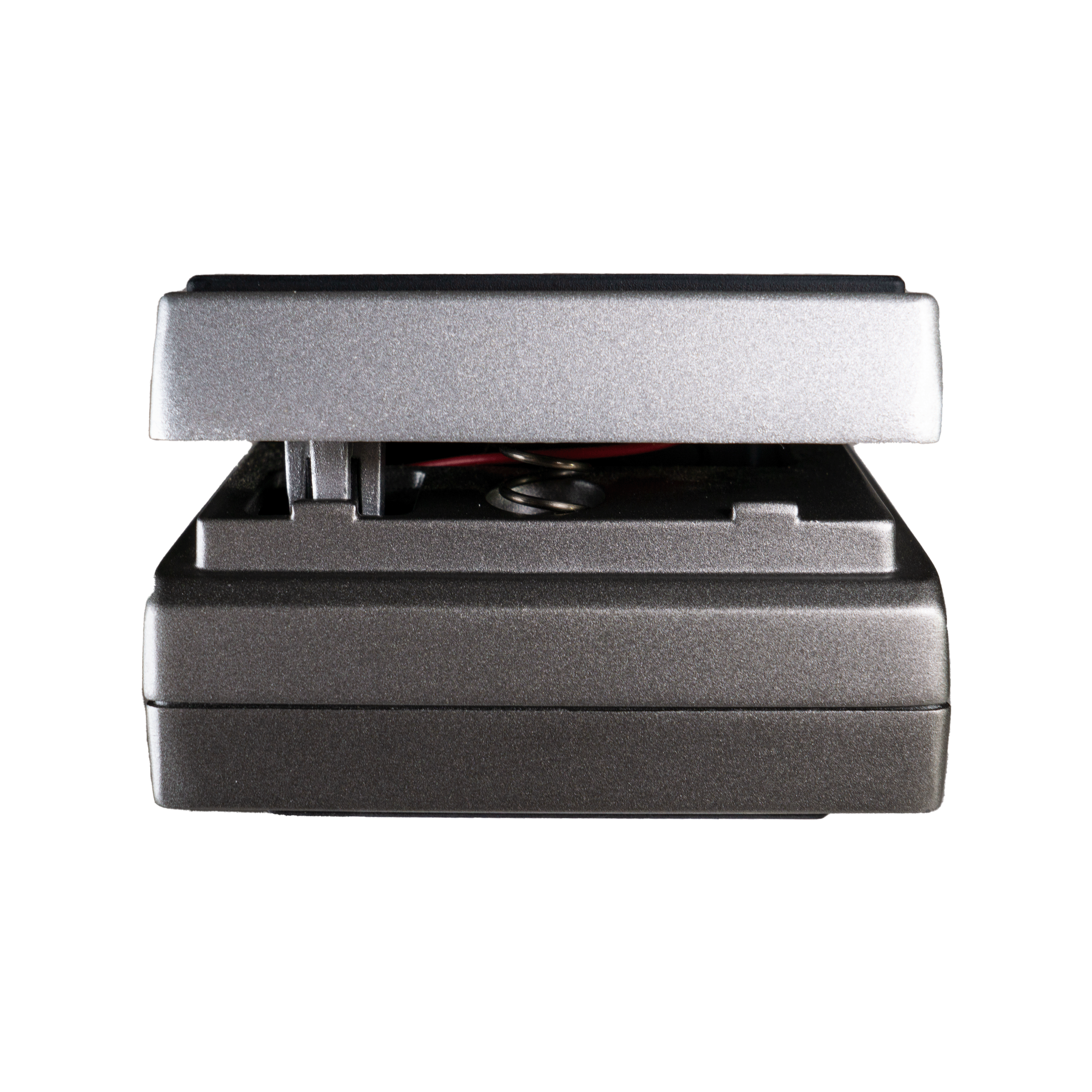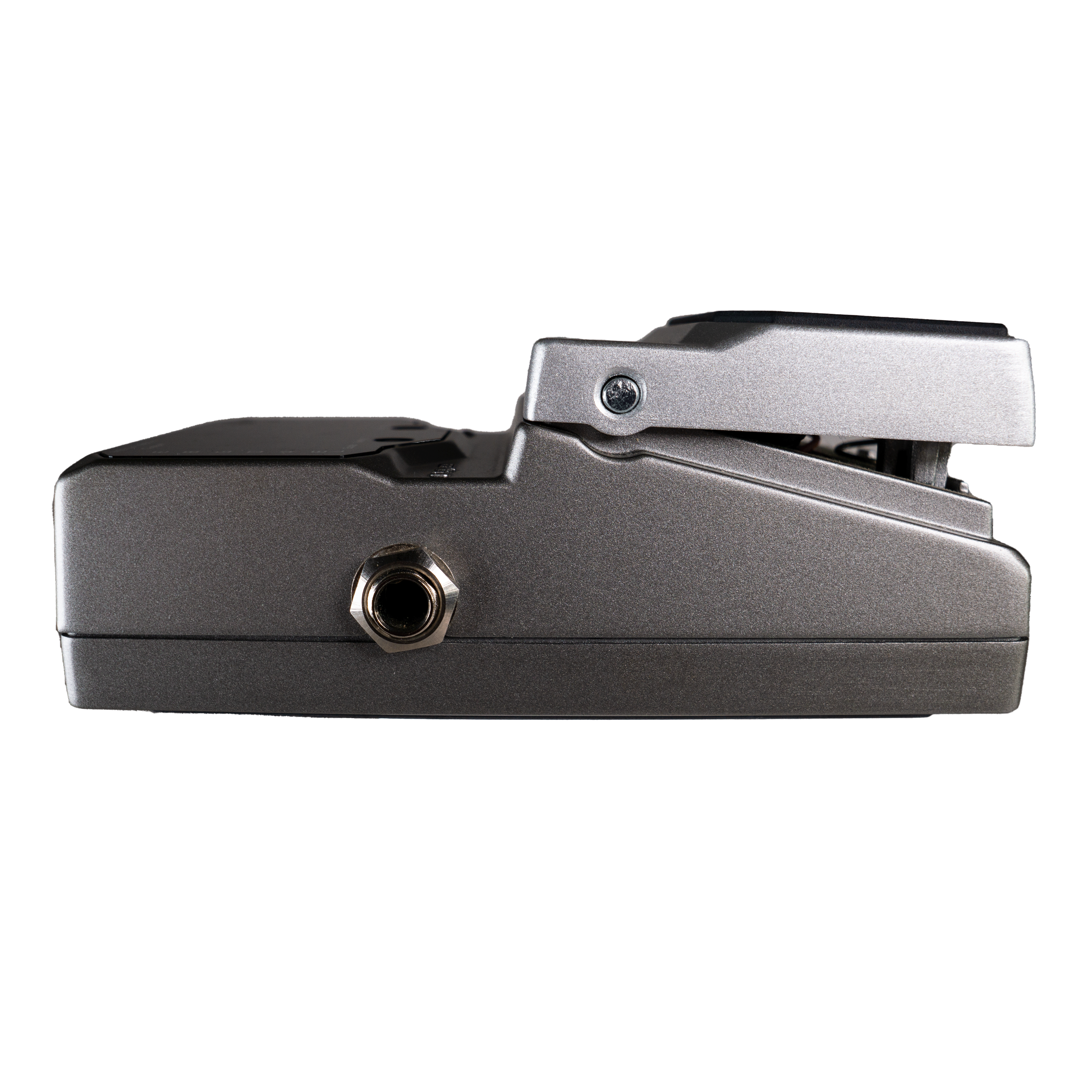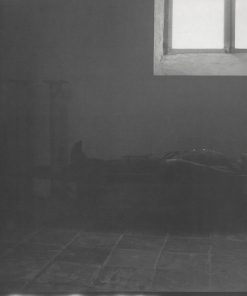DigiTech Hardwire Series HT-6 Polyphonic Pedal Tuner w/ Box
$69.69
Out of stock
We are Eclectic Sounds / aka: eclsounds – a store front in Portland, Or. We are open 7 days a week from 11 – 5 PST (by appointment)
Barley Touched in Near Mint overall condition with original box.
From Premier Guitar:
The HT-6’s rugged casing seems capable of standing up to the roughest gig conditions, but despite its workhorse exterior, it also has a few bells and whistles inside.
We all remember the first time we strapped on a guitar and strummed what we thought would be the chord that would lead us to fame and fortune. If you were like me, it probably didn’t sound that great due to both nonexistent technique and not understanding what “playing in tune” meant. Looking back, I spent quite a few hours bashing away on my blue-green Ibanez before truly understanding how I should be using those shiny tuning pegs on the headstock. Of course, since then I embraced sonority and became a stickler for playing (and staying) in tune.
At this past NAMM show, HardWire introduced the HT-6 Polyphonic Tuner. The basic idea behind a polyphonic tuner is that it enables you to strum all your guitar’s strings at once and tune the ones that need it without pushing any buttons. The HT-6’s rugged casing seems capable of standing up to the roughest gig conditions, but despite its workhorse exterior, it also has a few bells and whistles inside.
Bright Lights, Big Display
Like most pedals, the HT-6 can run either on a 9-volt battery or with an optional AC power supply. And as with many of the more competitive pedal tuners on the market, the HT-6 can provide up to 1000 mA of power to other pedals in your signal path. Two thoughtful inclusions for players who gig a lot are the glow-in-the-dark sticker for the footswitch and the hook-and-loop pad for easily adding the HT-6 to your pedalboard. You can tell the engineers at HardWire took a lot of time to think about the design of the HT-6’s display. As soon as you fire it up, you’re greeted with a cavalcade of LEDs bright enough to catch your eye on most stages—and I was able to read it better in sunlight than other LED-equipped tuners I’ve used.
HardWire’s designers also clearly took time to make the display more intuitive than other tuners by using a vertical readout. Similar to what you’d find in tablature, standard tuning (E–A–D–G–B–E) is displayed bottom to top. Besides featuring multiple tunings for guitar, the HT-6 also works with 4-, 5-, or 6-string basses (with B–E–A–D–G–C being the default tuning for the latter). Below the string grid, an LED display shows the note being played.
The string grid can be operated in two modes, which are easily selected with the small Mode button to the right of the note readout. In Standard mode, the LEDs function like a typical tuner—with the string being in tune when the lights move to the center of the display. There’s also a Strobe mode for players who prefer that type of readout. On the other side of the note readout, a Tuning button accesses five preset tunings: Guitar Standard, Guitar Drop-D, 4-String Bass, 5-String Bass, and 6-String Bass. To help you keep track of when you’re in Guitar Drop-D mode, an LED next to the Custom label lights. A USB port on the front panel facilitates quick and easy firmware updates, presumably for future software versions that may facilitate use of custom tunings.
G-String Gyrations
To put the HT-6 through its paces, I randomly turned my tuning pegs, plugged in, and strummed all the strings. I was really impressed with how well the HT-6 tracked—all six rows lit up and it immediately told me my third string needed tweaking. When I plucked the G string alone, the HT-6 moved instantly to single-note mode—which was convenient because it allowed me to tune without distraction from the other lights.
Another great feature is the Fret Offset mode, which helps when you’re using a capo or are tuned down up to three whole steps from standard tuning. To access this handy mode, simply hold down the footswitch and the Tuning and Mode buttons become + and – increment buttons, respectively, allowing you to adjust the offset in half-step increments up to three whole steps below (-6) or three whole steps above (+6) standard tuning. This changes the baseline for the polyphonic setting while still retaining the true pitch of the note being displayed. If your guitar is relatively in tune and you’re using a capo, you can set Fret Offset automatically by simply holding down the footswitch and strumming the open strings. It will quickly detect where the capo is and adjust accordingly.
The Verdict
For some, a tuner is just a tuner, but the HT-6 is a great all-around addition to any gigging guitarist’s or bassist’s pedalboard. Although it’s a bit disappointing that the HT-6 doesn’t enable you to program custom tunings, its exceptionally accurate response, ease of use, and smart, practical extras—like Fret Offset mode—make it a front-runner if you’re in the market for a pedal tuner.
( Due to people taking advantage of eBay / Reverb return policies; wanting to “try out and/or pilfer parts” we can no longer take returns on used gear unless it arrives damaged. Sorry for this inconvenience. We test and guarantee all gear to be 100% working unless stated otherwise )
| Weight | 32 oz |
|---|
Related products
To Be Sorted
To Be Sorted



